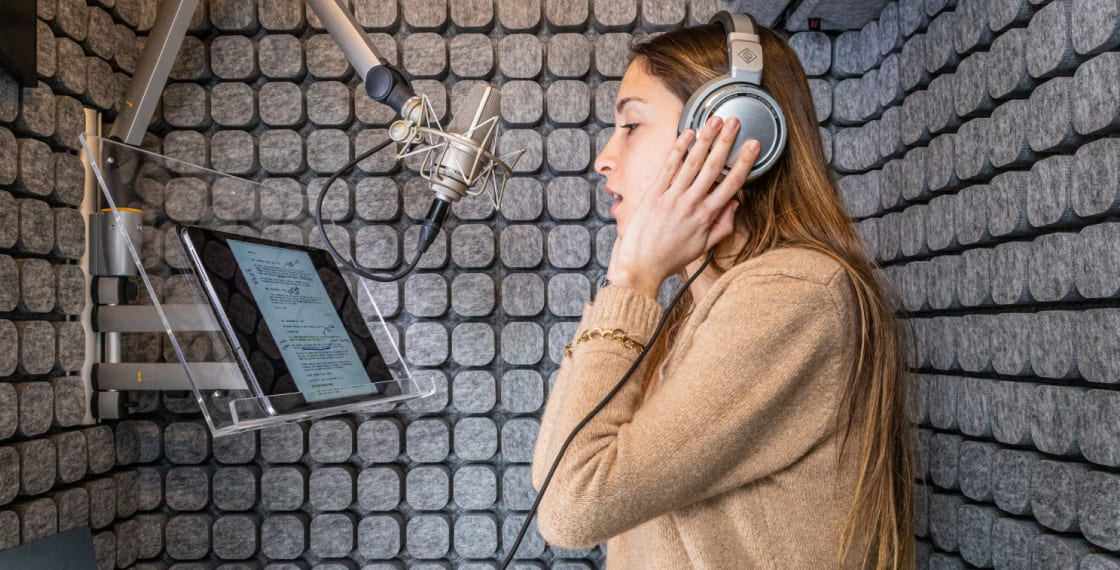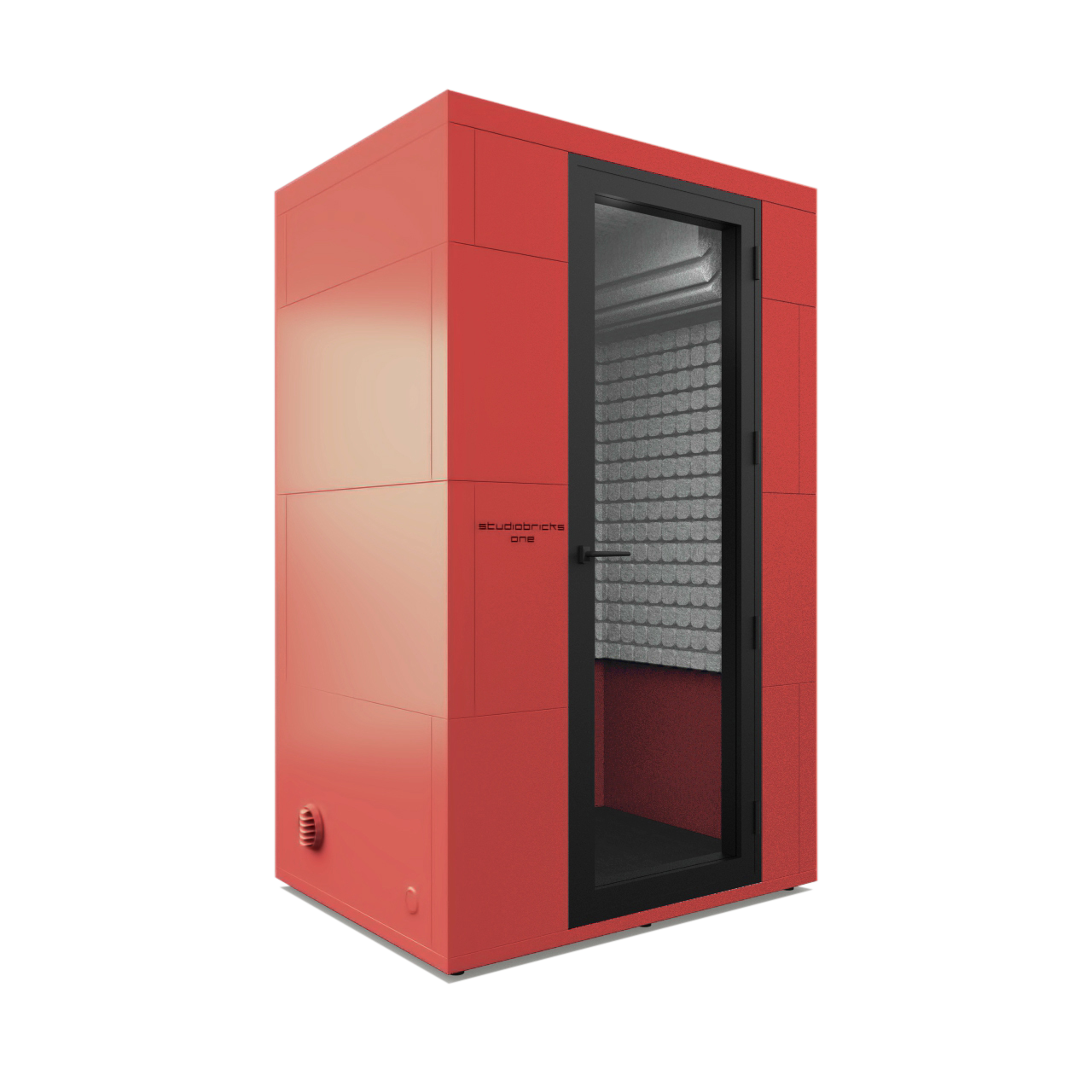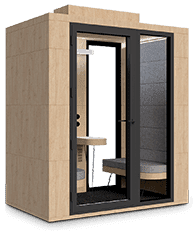Starting in the world of voiceover is to enter a mountainous terrain, however, it becomes much easier when we have the necessary tools for the adventure. To start in this niche, it is necessary to make yourself known through VO (voice-over) demos, where you can show all the capabilities and nuances that you have in your voice and,crete a portfolio to bring visibility to your work.
Find a good recording location
Before you start recording your demo, you need to have a proper recording location, whether you’re going to a recording studio or converting your home into your home studio. This will be the first step to guaranteeing a high-quality sound and you will have higher chances of getting more contracting opportunities (especially at this time when remote recordings are gaining momentum). If you want to know what you need to have in a professional home recording studio, find out more in this article.
Make a script
The first step is to record a demo for VO, after having the recording place ready, it is necessary to prepare a script. Write different texts to show different tonalities and inflections. However, keep in mind that they must be short texts, if they are specific phrases, much better since the demos are characterized by being only a small sample and the shorter they are, the more likely they are to be heard. If you want to explore more your different styles and inflections, you can record several demos with different scripts. Regardless of what you choose, always seek to have a base, a script to use as a guide at the moment of recording your demo.
Be Concise
Do you want to record a demo that will have a better chance of being heard? Take into account the duration. A good demo should last a maximum of 1 minute or 1 minute and a half (extending with the different tonalities), but in less than 20 seconds you should already have caused an impact with your voice so that the potential clients are encouraged to listen to the rest. For this reason, you can’t waste time introducing yourself.
With music or without background music?
Music can be an interesting factor in your demo, since it can fill empty spaces and accompany the intention, but you must keep in mind that your voice is what should stand out in the mix. Prevent the music from sounding too harsh, drowning out your voice, having distracting sounds, or filtering out other sounds that interfere with the recording. The simpler, the better. If you decide to record it without music, avoid putting any type of equalization on the voice so that it sounds more “harmonious”, since the contractors ask that the track be clean, without any noise or effect, in order to analyze the demo in detail and be able to make a decision.
Do we give reels or specific samples?
This depends on your experience and the requirements of the job offer. A reel is a short sample of the latest jobs you’ve done or the ones you stand out the most in, so if you’re just starting out, focus on creating both demos with different tonalities and specific demos (demos of dubbing, tv promos, e-learning, audiobooks, narrations, etc). However, if you already have experience, it is best to provide both options, both your reel with your outstanding recordings showcasing your previous clients (remember to ask for their authorization), such as your demos demonstrating your skills as a VO.
These are just some tips that we suggest to start recording your demos, however, if you want to learn more about the universe of voice-over, you can read more on our blog. At Studiobricks we have a series of recording booths, which provide the optimal space for an at-home recording studio, in fact, a few weeks ago we launched a new line of Eco booths, which are designed with sustainable materials.


















